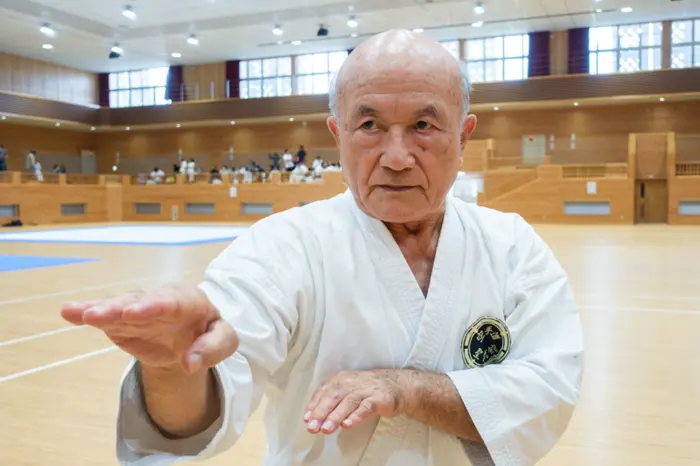ANN/THE STAR – Mastering karate begins with the proper attire. Learning to tie the knots of your gi correctly can be challenging for novices, but Terumitsu Taira guides beginners until their pristine white suits fit just right. Next, we step onto the grounds of the Okinawa Karate Kaikan, a training facility and museum complex.
Here, Taira has arranged two cement blocks with a layer of plastic roof tiles in between. Though not clay, these tiles are equally durable, he explains, as he dons gloves and demonstrates his technique. Standing poised before the block, Taira channels his strength, executing a swift strike that effortlessly splits four tiles with precise control, devoid of any outward exclamation.

Now it’s my turn. As a right-handed person unwilling to risk injury to my dominant hand, I opt to use my left instead. Instead of attempting four tiles like Taira, I set my sights on breaking just one.
With determination, I manage to break the tile cleanly in two—a small triumph marking my introduction to the birthplace of karate. “Centuries ago, karate was born right here in Okinawa,” explains Yasushi Nakamura, a spectator on the grassy lawn. Nakamura oversees a contemporary karate centre situated on this island in Japan, just a stone’s throw from Naha city.
Nakamura, now in his early 60s, has dedicated nearly six decades to mastering karate, starting his training at the tender age of five. “Traditional Okinawa karate is unlike modern sports karate,” he emphas.
















